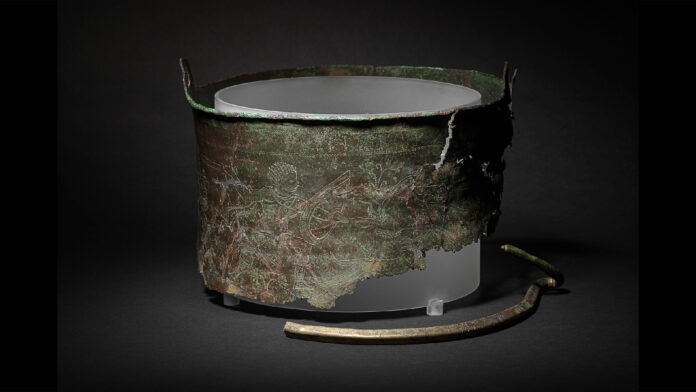In a remarkable archaeological discovery, pieces of a 1,500-year-old Byzantine bucket have been unearthed at Sutton Hoo, a historic burial site in England. This finding not only adds to the rich tapestry of artifacts from the site but also offers new insights into early medieval life and the extent of international trade during that era.
Discovery of the Byzantine Bucket Fragments
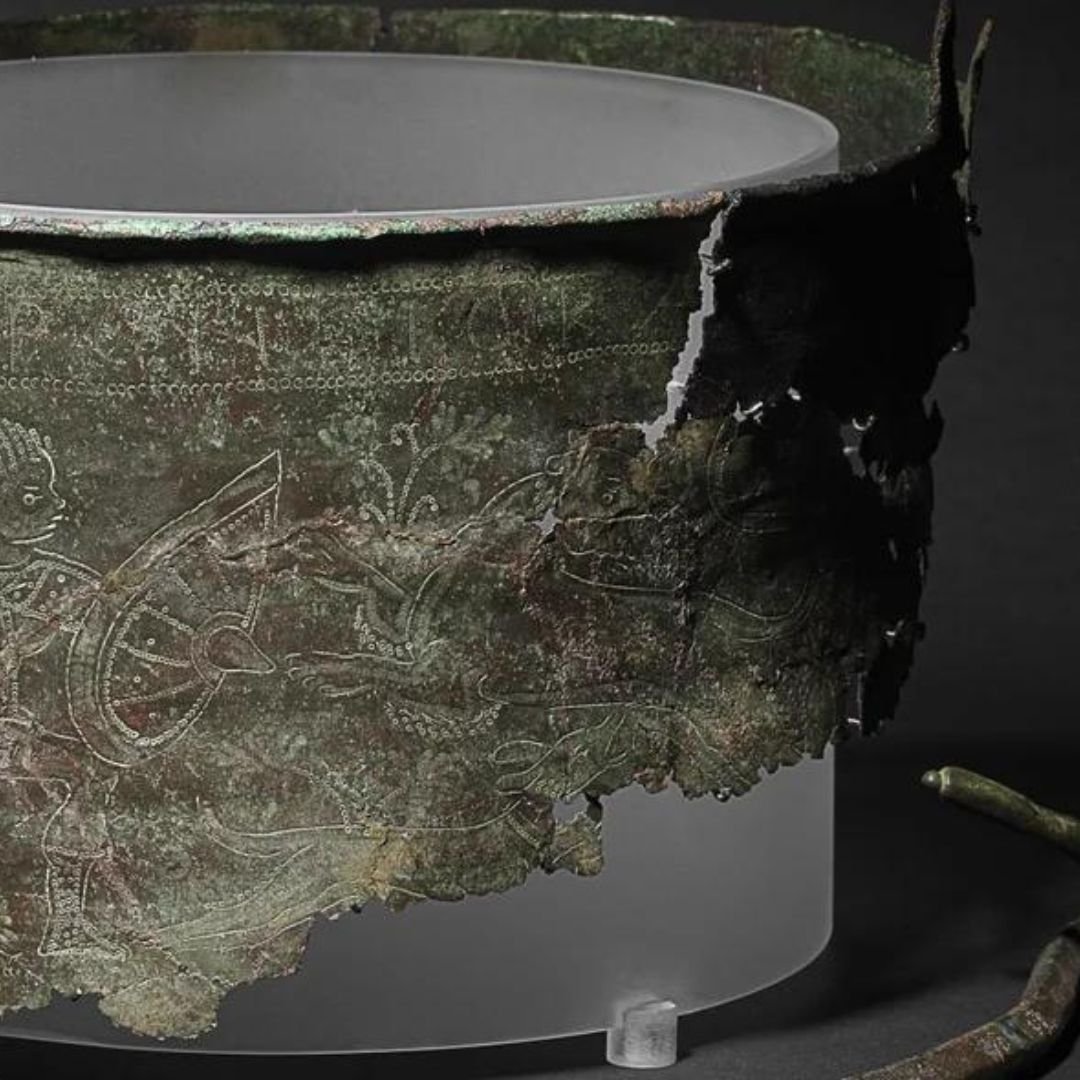
Sutton Hoo, renowned for its seventh-century ship burial, has recently yielded fragments of a copper bucket from the Byzantine Empire. This bucket, which dates back to at least a century before the famous ship burial, provides a unique glimpse into the material culture of the period. The excavation team, comprising archaeologists, conservators, and volunteers from Time Team, the U.K.’s National Trust, and FAS Heritage, made this significant discovery in late June during their work at the site.
Historical Context of the Bromeswell Bucket
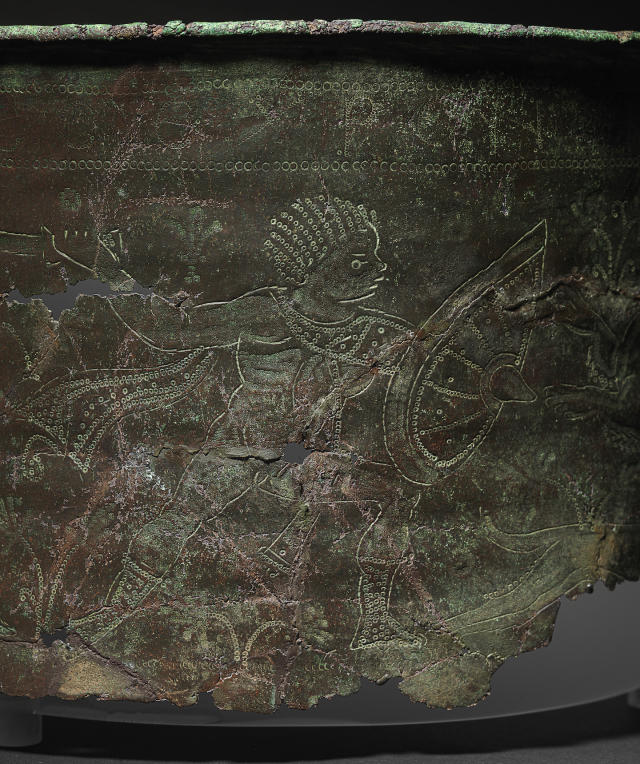
The newly discovered bucket fragments are linked to an artifact previously found in 1986. Known as the Bromeswell Bucket, this piece was originally adorned with a depiction of a North African hunting scene featuring lions and a dog. Produced in the sixth century in Antioch, Turkey—then part of the Byzantine Empire—the bucket bears a Greek inscription that reads, “Use this in good health, Master Count, for many happy years.” This inscription hints at the possibility that the bucket was a diplomatic gift.
Analysis and Confirmation
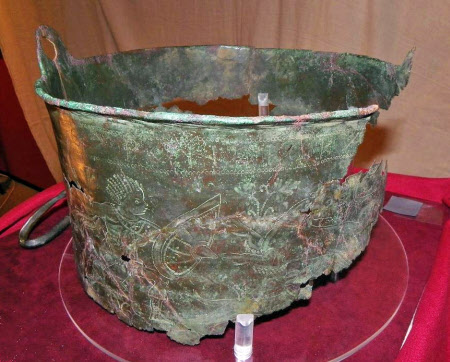
The recently uncovered artifacts bear similar decorative elements to those on the original bucket. To verify their authenticity, the team employed X-ray fluorescence (XRF) technology. XRF helps identify the elements present in the metal and creates a unique elemental “fingerprint” of the artifact. The analysis confirmed that the newly recovered fragments are indeed part of the sixth-century Bromeswell Bucket.
Further investigation revealed that the bucket had been previously damaged and repaired. According to Angus Wainwright, a regional archaeologist for the National Trust, the metals’ analysis suggests that the bucket may have been soldered back together at some point.
Significance of the Find
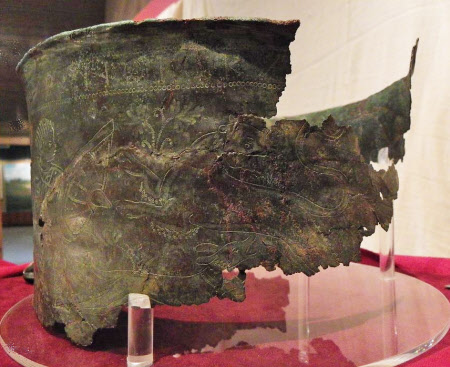
The Sutton Hoo site, occupied since at least 3000 B.C., was a bustling center of trade and cultural exchange during the sixth and seventh centuries. The site’s array of artifacts, from pagan and Christian relics to goods from across Europe and the Middle East, underscores its cosmopolitan nature. The new find enriches our understanding of this diverse trade network and might even connect the site to the Old English epic poem Beowulf, which describes gift-giving among distant kings.
Conclusion
The discovery of the Byzantine bucket fragments at Sutton Hoo is a significant step in unraveling the mysteries of early medieval England. This find not only highlights the site’s historical importance but also offers valuable insights into the everyday lives and international connections of its inhabitants. As research continues, it is hoped that further study will deepen our understanding of Sutton Hoo’s rich past and its role in the broader historical landscape.
